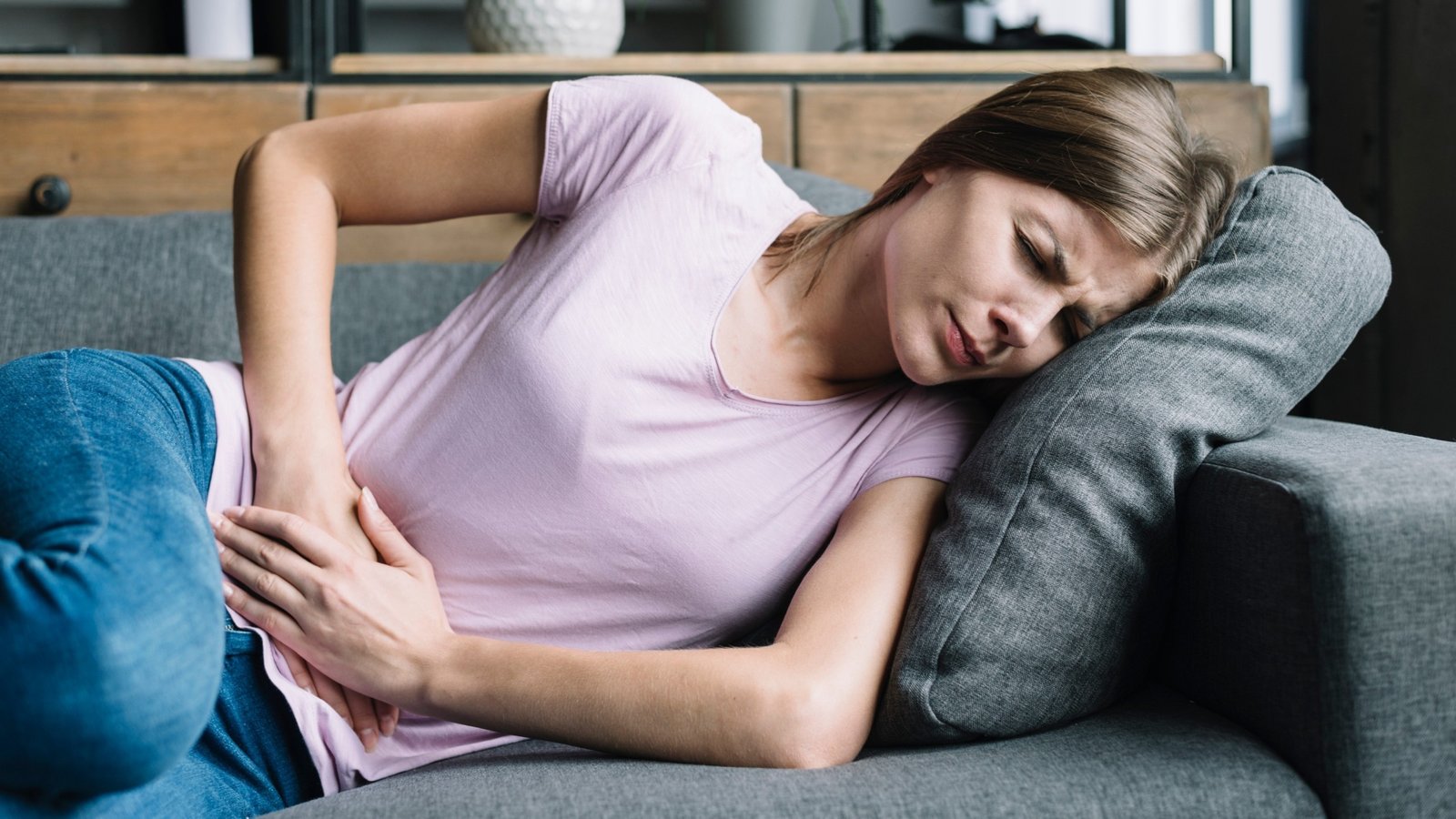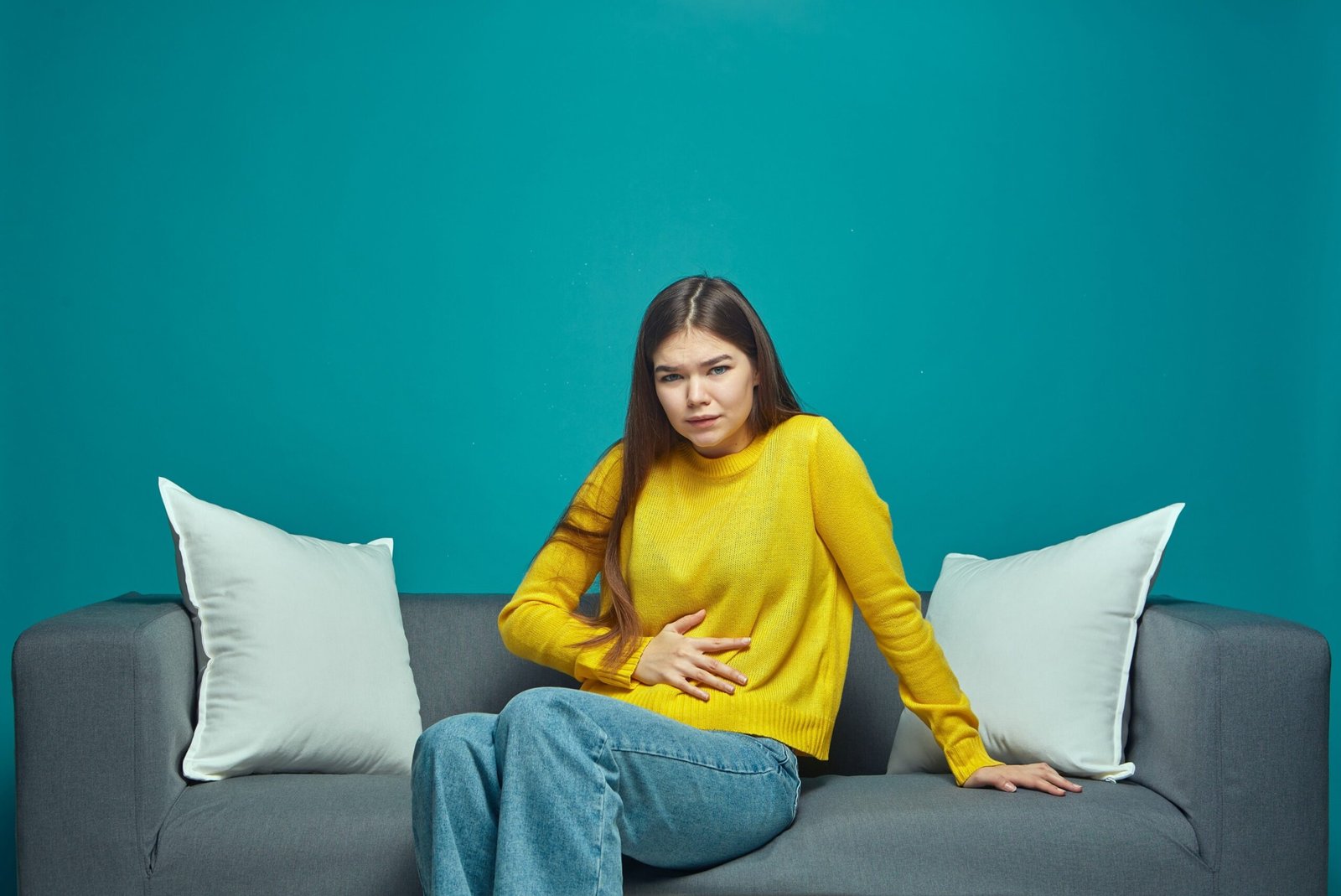Fibroids After Menopause: Should I Worry?
As women age and enter menopause, health concerns may arise, including the presence of fibroids in the uterus.
Fibroids are the muscular growths that appear on the wall of the uterus. They are usually seen during reproductive years but can still appear after menopause. But should this be a cause for concern?
In this blog, we will discuss what uterine fibroids after menopause mean, what symptoms to watch for, and whether they’re a cause for concern.
What are Uterine Fibroids?
Uterine fibroids are muscular growths that appear on the wall of the uterus.
Typically benign, these growths come in various sizes, ranging from small, seed-like structures to larger masses that can expand over time. A woman may have a single fibroid or cluster of fibroids inside or outside her uterus.
What Happens to Uterine Fibroids After Menopause?
Uterine fibroids seem to be influenced by hormone levels, growing when estrogen and progesterone levels are high, such as during pregnancy, and shrinking when levels decrease.
Menopause happens slowly and in stages.
The lead-up to menopause is perimenopause. It begins when ovaries produce fewer hormones, typically in your 40s. Periods become irregular, and you can still conceive. During perimenopause fibroids may shrink due to decreased hormone levels, but symptoms can fluctuate.
During menopause, i.e., 12 months without a menstrual cycle:
- The ovaries stop producing estrogen and progesterone.
- Fibroids often stop growing and may even begin to shrink.
As a result, you are less likely to experience symptoms of uterine fibroids during menopause, even if fibroids are present at that time.

Can You Get Fibroids After Menopause?
Yes, it’s possible to develop fibroids after menopause, although it’s relatively rare.
Since fibroids are hormonally responsive growths, they typically decrease in size and cause fewer issues as women approach menopause and afterward.
The exact reasons why fibroids develop after menopause are not fully understood, but it’s believed that factors such as genetic predisposition or other sources of estrogen in the body besides the ovaries may contribute to their formation. If fibroids develop after menopause, they often cause milder symptoms or may be asymptomatic.
Will Fibroids Shrink After Menopause?
As you approach menopause and beyond, fibroids usually shrink.
This is because as a woman transition into menopause and her estrogen and progesterone levels decline, fibroids, which are hormone-sensitive growths, tend to decrease in size. Without the stimulation of these hormones, the fibroids become less active and may gradually shrink over time.
In many cases, this size reduction leads to improved symptoms associated with fibroids. While fibroids can continue to exist after menopause, they are less likely to cause significant problems due to their diminished size and activity.
Can Fibroids Grow After Menopause?
It’s uncommon for uterine fibroids growing after menopause. While most fibroids tend to shrink and cause fewer symptoms as estrogen levels decline after menopause, some may persist or enlarge.
This growth may occur due to other sources of estrogen in the body besides the ovaries, such as fat tissue or adrenal glands. Additionally, fibroids that were present before menopause may continue to grow in some cases.
If you still experience symptoms typically associated with uterine fibroids during menopause, such as pelvic discomfort or urinary issues, consult our OB/GYN at Healia Medical Center.
What are the Symptoms of Fibroids After Menopause?
While it’s true that fibroids tend to shrink and symptoms improve after menopause, it’s essential to remain vigilant about any bothersome symptoms that may arise.
Some of the more common symptoms of uterine fibroids after menopause are:
- Abnormal uterine bleeding
- Abdominal cramping
- Pain during sex
- Lower back pain
- Feeling of fullness in the lower abdomen
- Feeling of pain or pressure in the pelvis
- Frequent urination
It’s important to note that while these symptoms may be associated with fibroids, they can also indicate other health issues. Therefore, if you experience any of these signs or symptoms after menopause, it’s advisable to consult with a gynecologist for proper evaluation and management.

Should I Worry About Fibroids Post Menopause?
After menopause, fibroids typically shrink, and symptoms improve. However, it’s crucial to remain vigilant about any persistent or bothersome symptoms that may persist post menopause.
If you experience ongoing discomfort or notice any abnormal bleeding after menopause, it’s essential to seek medical advice promptly. These may be signs of another health issue. For example, abnormal bleeding after menopause could be a warning sign of endometrial cancer.
How is Uterine Fibroids Post Menopause Treated?
Not all women with fibroids experience symptoms, so treatment may not be necessary. However, for those whose fibroids cause discomfort or significant symptoms, several treatment options may be recommended.
Treatment of fibroids in the uterus after menopause may include:
- Monitoring: In cases where fibroids are small and asymptomatic, your healthcare provider may recommend regular monitoring to ensure they do not grow or lead to complications.
- Medications: Hormonal medications, like gonadotropin-releasing hormone agonists (GnRH agonists), can be prescribed to shrink fibroids and provide relief from symptoms temporarily.
- Uterine Artery Embolization (UAE): This minimally invasive procedure hinders the blood supply to the fibroids, causing them to shrink over time.
- Myomectomy: This surgical option removes the fibroids while preserving the uterus.
- Hysterectomy: In some cases, a hysterectomy may be the best option, especially for women who have completed childbearing and have severe symptoms.
Ready to Take Another Step? Visit Healia Medical Center for Fibroids Treatment
If you’re navigating the challenges of menopause and experiencing symptoms related to uterine fibroids, don’t hesitate to seek expert care.
At Healia Medical Center in Dubai, we specialize in diagnosing and treating fibroids, tailoring our approach to your unique needs. Our team of gynecologists is committed to providing personalized care that helps you regain your sense of well-being during this transitional phase of life.
Contact us today and take the first step toward improved health and vitality during menopause.
FAQ
Yes, it’s possible to have uterine fibroids after menopause, as they can persist or develop due to hormonal fluctuations, though they typically shrink in size and cause fewer symptoms.
While rare due to low estrogen levels, fibroids can still develop during menopause. If you have any concerns about uterine fibroids and menopause, it’s essential to seek medical advice promptly.
Though rare, fibroids can develop in postmenopausal individuals, although the reason is unclear. However, if they do occur, symptoms are typically much milder or absent altogether compared to pre-menopause.
After menopause, fibroids typically stop developing and may even shrink as the ovaries stop producing estrogen and progesterone.
You can experience bleeding even after you’ve gone through menopause if you have fibroids. Seek medical advice if you experience unusual bleeding and have any concerns about menopause and fibroids.
Common medical treatment options for bleeding fibroids after menopause may include the use of birth control pills, hormone injections, or a hormone-releasing IUD (intra-uterine device). In some cases, surgery may be necessary to control bleeding or remove fibroids causing the issue.
